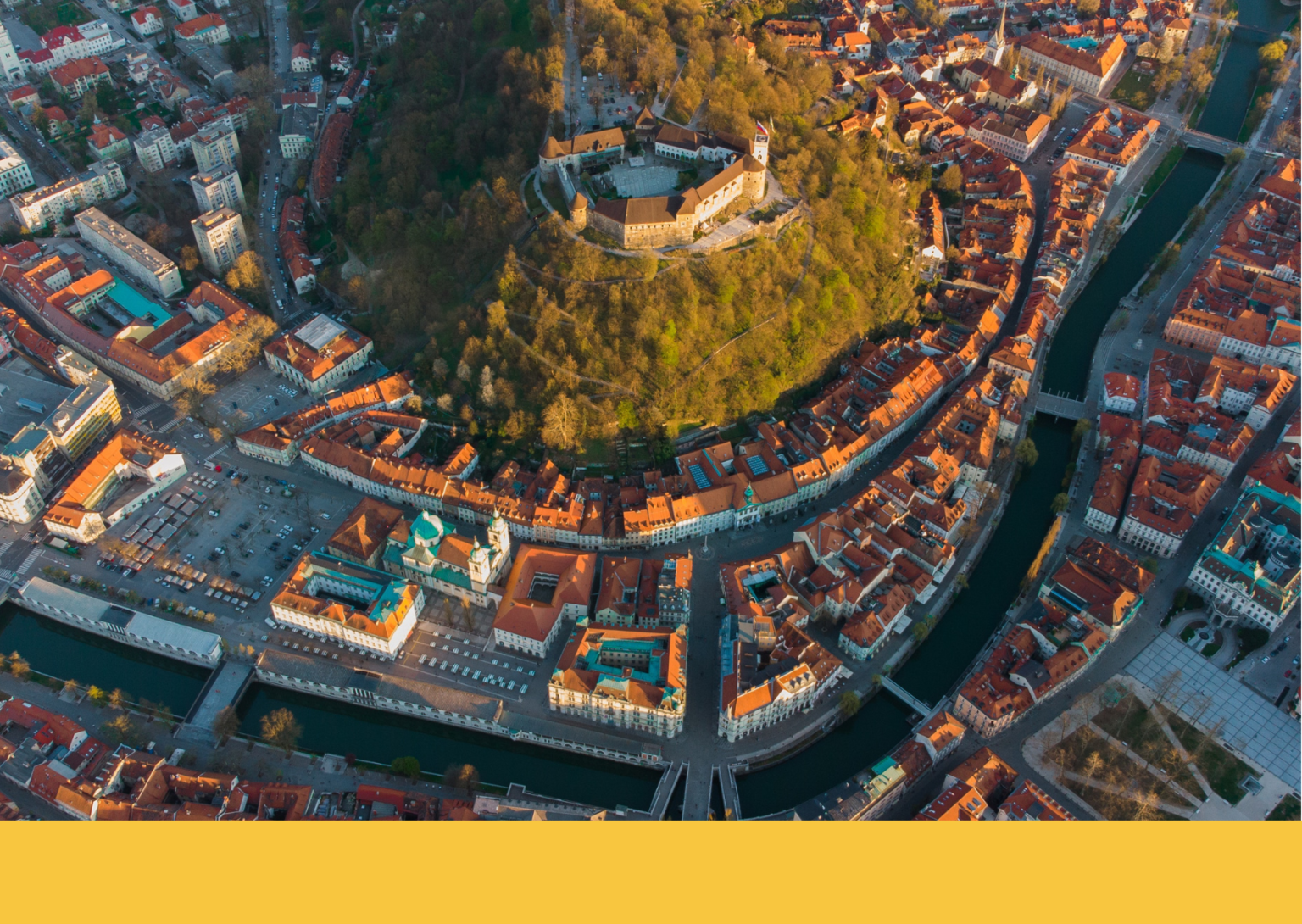Janez Janša, the great survivor of Slovenian politics, has been in the public spotlight since the late 1980s. An activist for Slovenia’s independence, Janša first became known as an independent journalist in former Yugoslavia, calling for greater autonomy for the republic within the Yugoslav federation. In 1989, he co-founded the Slovenian Democratic Party (SDS), the largest conservative party in the country. After Slovenia gained independence in 1991, Janša held various governmental positions, including Minister of Defence and Minister of Foreign Affairs, during the 1990s.
He was Prime Minister three times, from 2004 to 2008 and from 2012 to 2013, when his second government fell after a vote of no confidence. Janša became Prime Minister for the third time in March 2020, re-emerging as a hard-tweeting, anti-migrant, “Slovenia first” emulator of Donald Trump and pal of Victor Orban. His government faced criticism and protests over its response to the Covid-19 pandemic, concerns about media freedom, state capture and poor economic policies.
On April 24 2022, Janša lost elections to the newly established Freedom Movement (GS), led by Robert Golob, a businessman who replaced him as prime minister. Golob’s government was formed with the support of the Social Democrats (SD) and The Left, but also through a post-election merger with centre-left parties led by two past prime ministers – List of Marjan Šarec (LMŠ) and Party of Alenka Bratušek (SAB).
So, what happened this time around?
Five major factors tipped the scale in 2022 and ended Janša’s rule for the third time:


